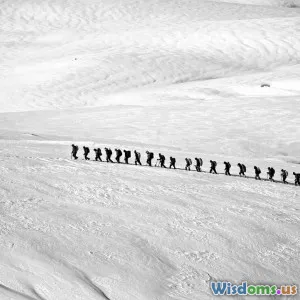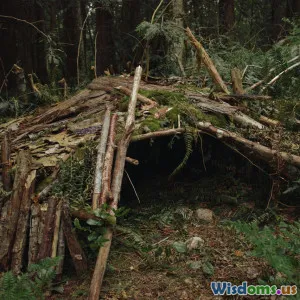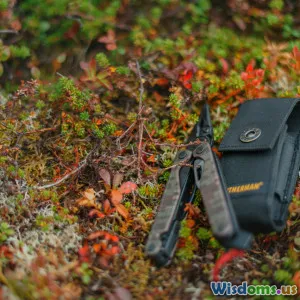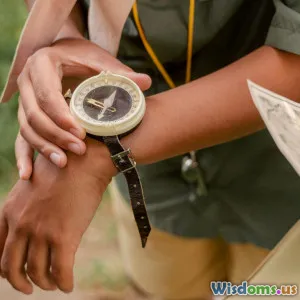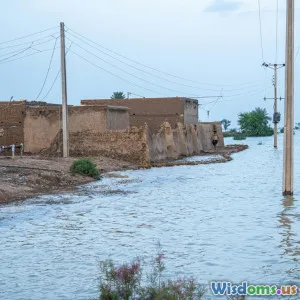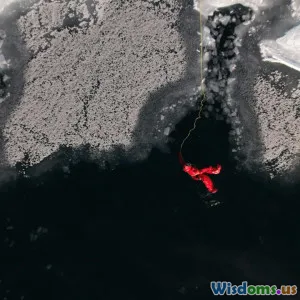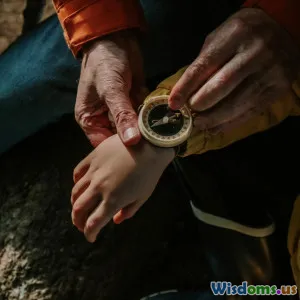
Outdoor Survival Skills Everyone Should Know
6 min read Master essential outdoor survival skills to thrive in nature. (0 Reviews)
Outdoor Survival Skills Everyone Should Know
In an age where urbanization and technology dominate our lives, the allure of the great outdoors remains strong. Whether you are a seasoned adventurer or a curious beginner, understanding essential outdoor survival skills can enhance your outdoor experiences and ensure your safety. This article will delve into the critical survival skills you should know when venturing into the wilderness.
1. Building a Shelter
A shelter is vital for protection against the elements. Here are some tips:
- Location Matters: Choose a site away from hazards, such as falling branches or flooding zones. Look for flat ground, ideally near a water source but not directly next to it.
- Materials: Utilize natural materials like branches, leaves, or snow. For a quick shelter, a lean-to or debris hut can be effective.
- Insulation: Incorporate insulation in your shelter using leaves or pine needles to retain warmth.
Example of a Lean-to Shelter
To create a lean-to shelter, find a sturdy tree or rock. Lean branches against it at an angle, forming a roof. Cover the roof with leaves or pine boughs for insulation.
2. Fire-Making Skills
Fire serves multiple purposes, from warmth to cooking and signaling for help. Here’s how to start one:
- Gather Materials: Collect tinder (dry leaves, grass), kindling (small twigs), and larger logs.
- Fire Starting Methods: Use matches, a lighter, or traditional methods like flint and steel or a bow drill.
- Fire Safety: Always build your fire in a safe area, clear of overhanging branches, and have water or dirt nearby to extinguish it.
Important Fire Techniques
- Teepee Fire: Arrange kindling in a teepee shape around the tinder. Light the tinder, and as it burns, it will catch the kindling.
- Log Cabin Fire: Stack larger logs around a small fire in a square formation for a longer-lasting fire.
3. Finding Water
Water is crucial for survival. Here’s how to locate it in the wild:
- Natural Sources: Streams, rivers, lakes, and even dew on grass can be sources of water.
- Purification: Always purify water before drinking, using methods like boiling or water purification tablets.
- Collecting Rainwater: Set up tarps or containers to catch rainwater, especially during rainstorms.
Water Sources to Avoid
Avoid drinking from stagnant bodies of water, as they can harbor harmful bacteria.
4. Navigation Skills
Knowing how to navigate helps you avoid getting lost. Here’s how to improve your navigation skills:
- Using a Map and Compass: Learn how to read topographic maps and use a compass. Always carry a physical map even if you have a GPS.
- Landmarks: Use prominent landmarks to orient yourself and remember paths.
- Sun and Stars: During the day, the sun rises in the east and sets in the west. At night, use the North Star to find true north.
Example Navigation Technique
To navigate using the sun, remember that at noon in the Northern Hemisphere, the sun is due south. This can help establish your bearings.
5. Basic First Aid
Accidents can happen, and knowing basic first aid can be lifesaving:
- First Aid Kit Essentials: Always carry a basic kit that includes bandages, antiseptic wipes, pain relievers, and any personal medications.
- Wound Treatment: Clean cuts and scrapes immediately to prevent infection. Apply a sterile bandage.
- Recognizing Shock: Be aware of signs of shock: pale skin, rapid heartbeat, and confusion. Lay the individual down and keep them warm until help arrives.
Conclusion
The wilderness can be both beautiful and unpredictable. By equipping yourself with these essential outdoor survival skills, you can increase your confidence and safety in the wild. Remember, preparation is key—practice these skills before your adventure, and always go prepared. Whether it's a day hike or a weeks-long expedition, these skills will serve you well. Happy adventuring!
Rate the Post
User Reviews
Popular Posts











